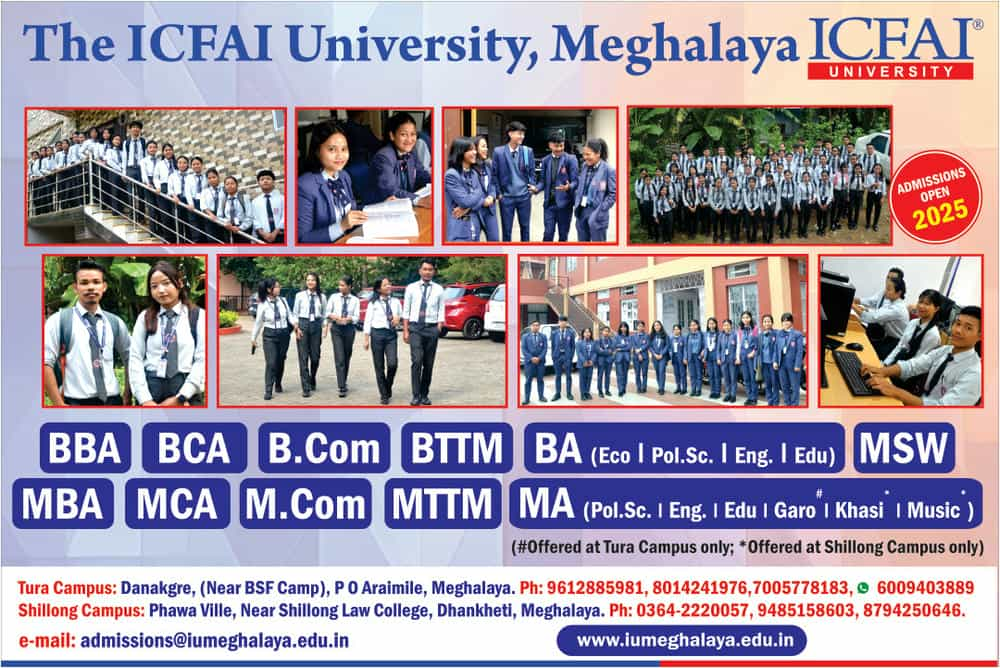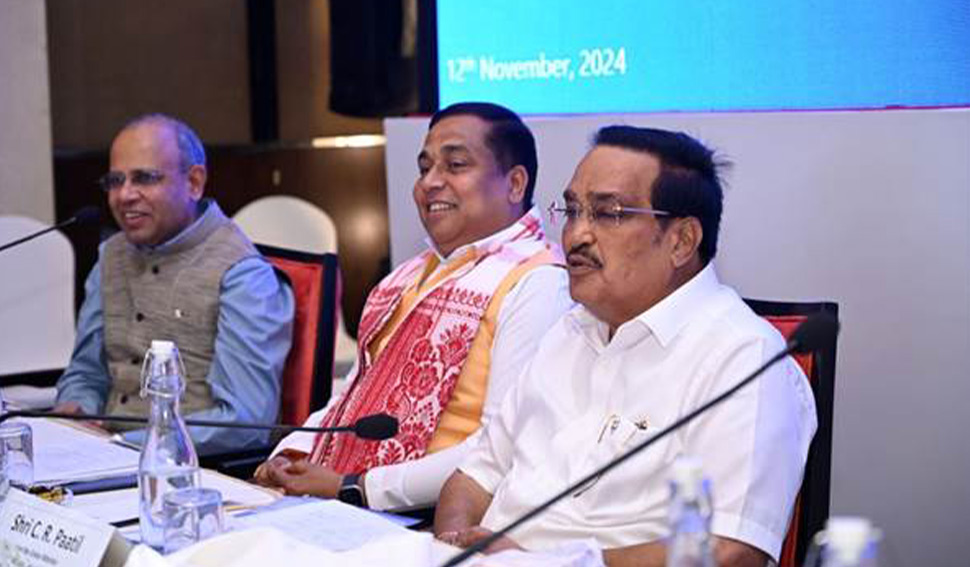Sikkim achieves ODF plus model with 100% coverage: Union Minister in Guwahati

Union Jal Shakti Minister CR Patil on Tuesday appreciated the northeastern states for their significant progress in sanitation.
“Sikkim has achieved 100% coverage under the Open Defecation Free (ODF) Plus model, positioning it as a leader in the region. Mizoram follows with 86%, Tripura with 80%, and Assam with 74% ODF Plus coverage,” Patil said in a review meeting on the Swachh Bharat Mission-Grameen (SBM-G) held in Guwahati on Tuesday.
Patil commended the Northeast’s resilience and innovation in overcoming unique challenges, expressing optimism for reaching “Sampoorna Swachhata” (Complete Cleanliness) by March 2025.
The Union Minister encouraged states to expedite the processing of individual household toilet (IHHL) applications within 30 days and stressed resolving pending applications within 15 days. To sustain sanitation efforts, he emphasized regular monthly District Water and Sanitation Mission (DWSM) meetings, community engagement through self-help groups, youth, and local organizations, and preparations for World Toilet Day 2024 with the campaign “Hamara Shauchalay: Hamara Samman” (Our Toilet: Our Dignity).
The review highlighted the region’s success, with 51% of villages in the northeastern states achieving ODF Plus Model status, underscoring the Northeast’s role in the national sanitation mission.
The review meeting was inaugurated by Special Chief Secretary Syedain Abbasi, followed by opening remarks from PHED Minister Jayanta Mallabaruah. The meeting was attended by ministers of Rural Sanitation from the NE states, Union Secretary of the Department of Drinking Water and Sanitation (DDWS) Ashok Meena, JS&MD SBM-G, and various state officials, as they reviewed the progress of SBM-G Phase II in the region.
The meeting highlighted the significant achievements of the northeastern states but also identified several key areas for immediate attention. These included sustainable solid and liquid waste management (SLWM), the functionality of WASH assets such as Community Sanitary Complexes and Plastic Waste Management units, fund utilization, submission of pending utilization certificates to unlock tied grants, and the need for effective faecal sludge management (FSM) aligned with urban sanitation policies.
Union Secretary Ashok Meena emphasized the importance of resource convergence and collaboration between states and local bodies to sustain SBM-G’s impact. He acknowledged the role of the northeastern states as leaders in community-driven sanitation models.
Participants were encouraged to innovate in waste management and integrate traditional practices, while also strengthening training for retrofitting and sustainable asset management to ensure the longevity of sanitation infrastructure.
With the goal of achieving ODF Plus Model status for all villages by March 2025, the review stressed the urgency of timely actions and strategic interventions. Minister Patil concluded by urging all stakeholders to not only sustain the progress made but to elevate the region’s status, positioning the Northeast as a national leader in rural sanitation efforts.

Leave a Reply